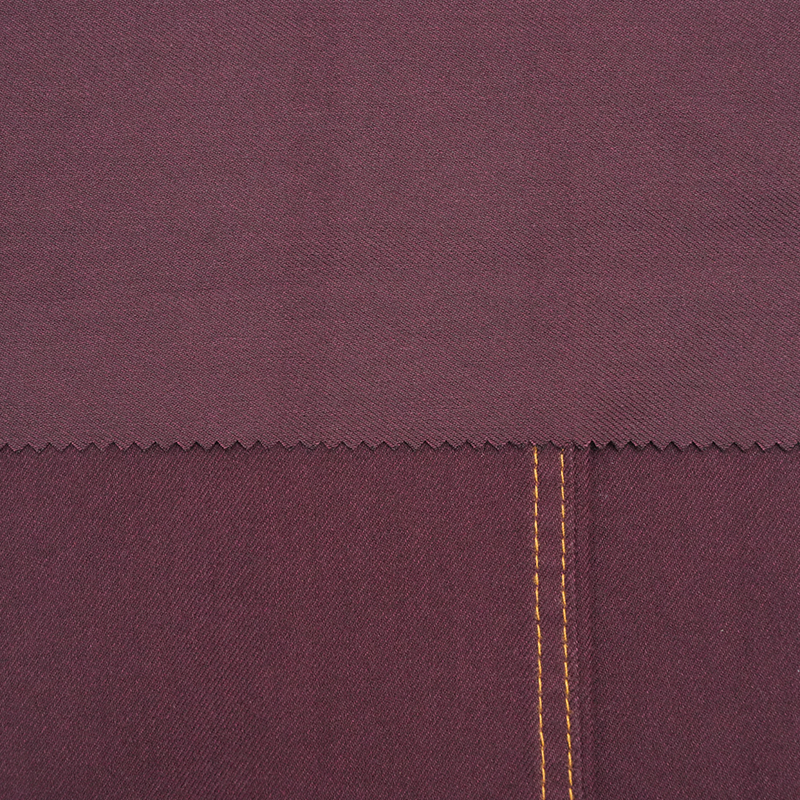Production of various high-end fabrics reaches 7 million meters annually, including a wide range of fashionable new products and exquisite items, with a broad coverage of color patterns.
Cotton Blended Dyed Fabric: A Fusion of Functionality and Fashion
2025-05-15
In the world of textiles, innovation rarely sacrifices tradition—rather, it enhances it. Cotton blended dyed fabric exemplifies this synergy. Marrying the timeless appeal of cotton with the performance attributes of synthetic fibers, this fabric stands as a testament to the power of thoughtful material engineering. It offers a versatile canvas not only for designers but also for manufacturers seeking a balance of durability, comfort, and aesthetic finesse.
At its core, cotton blended dyed fabric is an amalgamation of natural and synthetic fibers—most commonly cotton combined with polyester, spandex, or rayon. Each blend is meticulously crafted to serve a specific purpose. Cotton lends breathability and softness, while synthetics contribute stretch, resilience, and color retention. This calculated combination delivers an elevated textile experience that pure cotton alone cannot always achieve.
Dyeing plays a transformative role. Through reactive, vat, or disperse dyeing techniques—each selected based on the fiber composition—the fabric takes on rich, saturated hues. The result is colorfastness that endures wear, wash, and time. From subtle earth tones to electric neons, the spectrum of possibilities is boundless, offering designers the freedom to craft compelling, trend-forward pieces without compromising performance.

What makes this fabric particularly desirable is its adaptability. Cotton blends can be woven or knitted into myriad textures and weights, catering to industries ranging from fashion apparel to upholstery and industrial uniforms. The fabric drapes with grace, holds shape under stress, and remains soft against the skin—an equilibrium that few textiles can match.
Furthermore, cotton blended dyed fabrics offer pragmatic benefits. They are easier to care for than 100% cotton—less wrinkling, quicker drying, and superior resistance to shrinking. In commercial applications, these properties reduce maintenance costs and extend product lifespan, making them a smart choice for high-use environments such as hospitality, healthcare, and corporate wear.
Sustainability also plays an increasing role in the development of modern cotton blends. Manufacturers are incorporating recycled polyesters and low-impact dyes to lessen environmental footprints. Blending cotton with eco-conscious synthetics not only reduces water usage and chemical runoff but also aligns with the growing demand for responsible sourcing in global supply chains.
In essence, cotton blended dyed fabric is more than a textile—it is a strategic material solution. It satisfies the nuanced needs of both function and form, offering beauty that performs and performance that endures. Whether it’s stitched into a high-performance athleisure garment or upholstered into a luxe interior surface, its value lies in its versatility, reliability, and sophisticated appeal.

 English
English 中文简体
中文简体 Tiếng Việt
Tiếng Việt




















